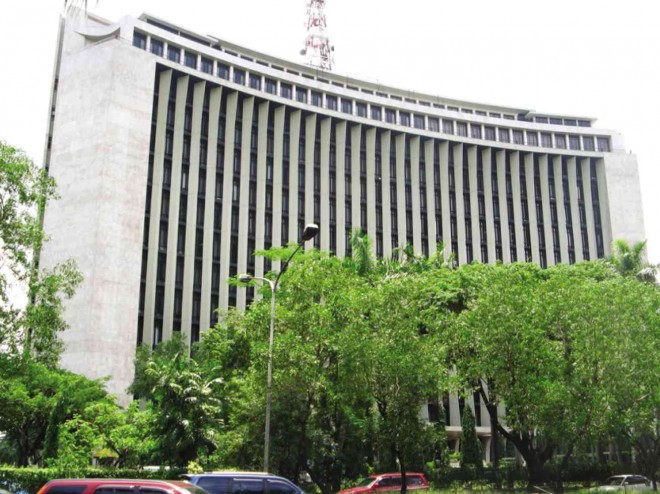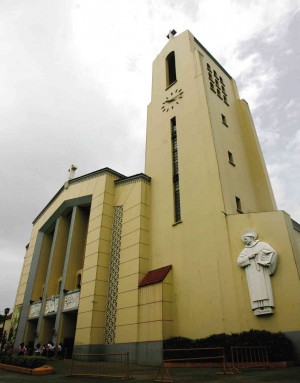

José Maria Zaragoza (1912-1994) played a key role in the reconstruction of postwar Philippines, helping reshape the landscape of Manila ravaged by the Second World War through his striking structures that melded modernism and Philippine motifs and styles.
He designed some of the most famous religious structures in the Philippines such as the Santo Domingo Church and Convent and the Pink Sisters Convent, both in Quezon City; the Union Church of Manila (a Protestant church) and St. John Bosco Parish Church on Arnaiz Avenue (Pasay Road) in Makati; and the Shrine of Our Lady of the Miraculous Medal in Posadas Village, Muntinlupa City.
He also designed the Pius XII Catholic Center in Ermita, Manila; and the Tala Leprosarium in Caloocan City.
Perhaps his most controversial liturgical work was his redesign of Quiapo Church.
Vatican recognition
Zaragoza had a diploma in liturgical art and architecture from the International Institute of Liturgical Art in Rome. He also obtained a diploma in comprehensive planning from the Hilversun Technical Research Center in The Netherlands.
He also became ambassador of the Sovereign Military Order of Malta to the Philippines, a Catholic order with charities around the world. The order has a permanent non-state-observer status in the United Nations.
Recognizing his contributions to the Catholic Church, Pope John Paul II conferred on Zaragoza the title Gentiluomo di Sua Santita (Lay Member of the Papal Household) in 1992. Men who receive such title serve as lay attendants of the Pope in Vatican City.
Futuristic lines
In 1975, Zaragoza designed the sci-fi-inspired Vira Mall in Greenhills, San Juan, which depicted intergalactic travel through the ingenious use of glass tubes. The Union Church in Makati was also designed along futuristic lines.
Sadly, both structures have been demolished or altered beyond recognition, meeting the fate of visionary buildings designed by other National Artists for Architecture, such as the Jai-Alai and Avenue Theater in Manila, and Rizal Theater in Makati (Juan Nakpil); Magnolia in Quezon City; Hyatt Regency Hotel in Pasay City; and Benguet Center in Ortigas (Leandro Locsin).
(Another Locsin structure, Manila Mandarin, may meet the same fate soon.)
Among Zaragoza’s designs that have reshaped the Manila landscape are the Meralco Building; the National Library; Commercial Bank and Trust Company in Escolta, Manila, with its ingenious half-dome greeting motorists and commuters from Jones Bridge.
Old and new
His most famous office building is the Meralco Building, still the most beautiful building in Ortigas Center.
The late architect and architecture historian, Benedictine Father Rodrigo Perez III, said the 15-story Meralco “is slightly curved to give it more stability and to avoid the boxlike appearance of rectangular buildings and the ‘train effect’ of straight corridors. Tapering vertical sunbreakers enhance the gentle curve of the concave façade.”
But without a doubt, Zaragoza’s most famous building is Santo Domingo Church and Convent, which he designed for the Dominicans, his mentors at University of Santo Tomas. The design married old and new and “follows the plan of the church-tower-convento complex of the colonial period,” said Father Perez. “While the building embodies the simplicity of modern design, such features as arches give it a traditional touch.”
Zaragoza took up BS Architecture at UST and graduated in 1936. Two years later, he placed seventh in the licensure examination and became the country’s 82nd licensed architect.

